There are a number of things to consider before getting the saw and pruner ready. Tree pruning impacts trees in many ways, such as causing a risk of decay through open wounds, loss of food-producing leaves for growth, and redirection of growth by reducing competing branches. There should be a reason for pruning a branch or branches from a tree.
Pruning trees when they are young mimics the results of natural competition if a tree was growing in the woods, where trees typically develop a dominant central leader, small-diameter lower branches, and the majority of growth is directed to the upper portions of the crown to compete for essential sunlight. Trees pruned in the early years of their life require much less pruning as they get older.
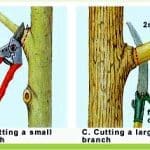 Many tree species can be pruned any time of the year. Some species, such as oak, are very susceptible to disease infection through a pruning wound made during the growing season. Some experts recommend not to prune two weeks prior to and after bud break in spring due to physiological processes occurring inside the tree at that time. The dormant season (late October through March) is the safest period for pruning oak, elm, and fruit trees, since insects and diseases are not active at that time of year. Following are some general guidelines to help guide which branches should be removed from your tree(s):
Many tree species can be pruned any time of the year. Some species, such as oak, are very susceptible to disease infection through a pruning wound made during the growing season. Some experts recommend not to prune two weeks prior to and after bud break in spring due to physiological processes occurring inside the tree at that time. The dormant season (late October through March) is the safest period for pruning oak, elm, and fruit trees, since insects and diseases are not active at that time of year. Following are some general guidelines to help guide which branches should be removed from your tree(s):
•Make pruning cuts next to a branch collar or bud, and don’t leave branch stubs.
•Prune trees to develop one central dominant leader (very important in early years).
•Pruning paint should only be used on oak, elm, and fruit trees during the growing season to seal out disease.
•Remove dead and broken branches, branches growing toward the center of the tree, and rubbing branches.
•Remove the lowest branches for ease of walking underneath or mowing.
•The amount of live branch material removed should be no more than 20-25% of the total crown mass.
•Trees do not need to be trimmed each year, but often enough to address the above needs.
•Young trees require frequent pruning, say every 3-5 years. Middle-aged trees usually require a longer pruning cycle and less live branch removal. Pruning on mature trees should focus on dead, rubbing, and broken branches, and minimize removal of live branches.
For more extensive information on pruning, please check out the University of Minnesota Extension: https://www.extension.umn.edu/garden/yard-garden/trees-shrubs/pruning-trees-shrubs/
HAPPY PRUNING!
Information provided by the City of Apple Valley


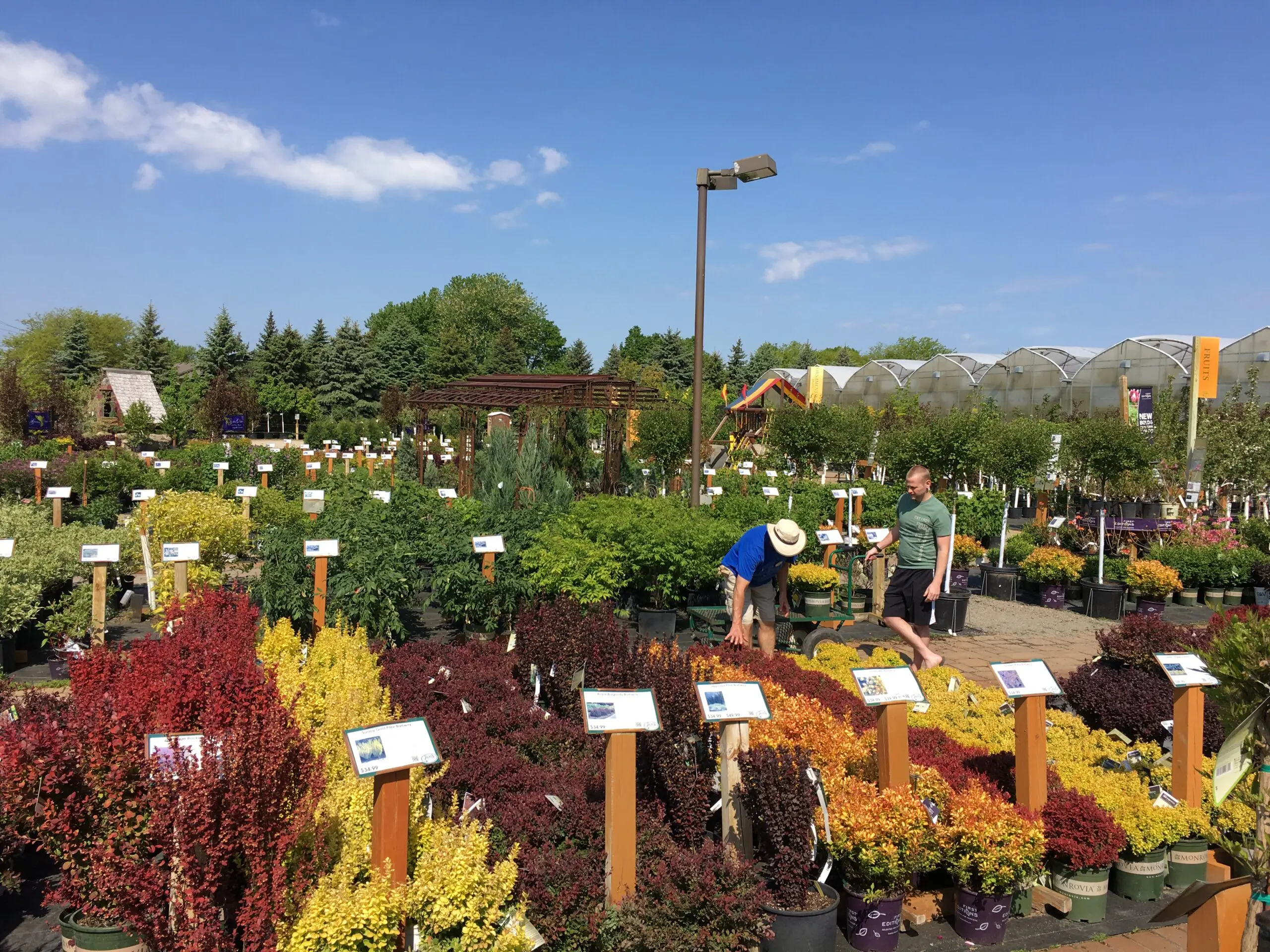



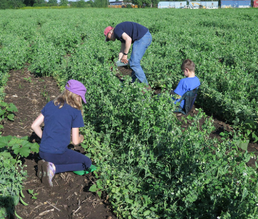










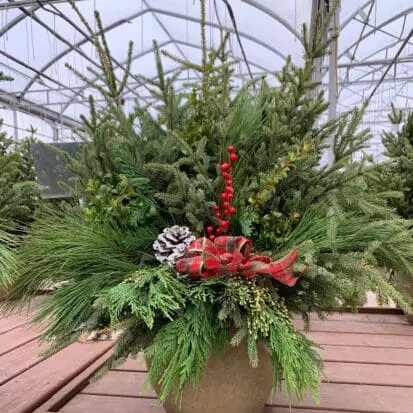

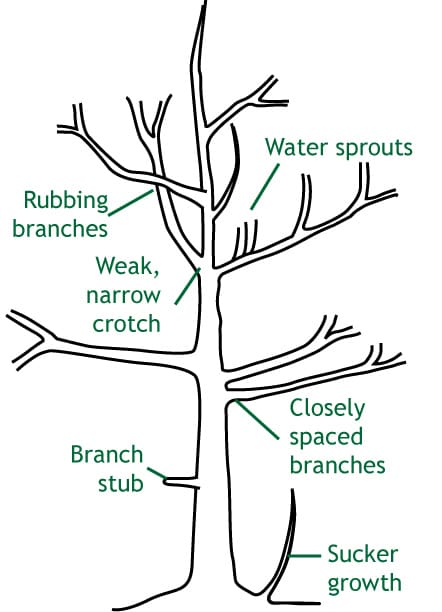
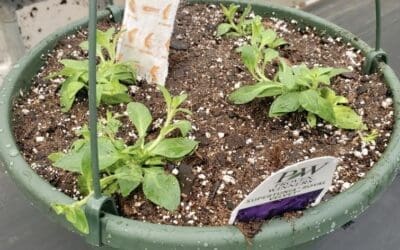


This is some great information, and I appreciate your point that trees that were trimmed when young are easier to prune in the future. I had no idea that it was so critical to trim them while they were young! My wife and I are looking into having a tree planted, and we’ll be sure to have it pruned early on. Thanks for the great post! http://www.completetreeservice.com.au/tree-removal
Thanks for sharing this great post about caring for and pruning trees! My husband and I just moved into a new house, and there are several trees in the front yard that we want to keep healthy. There appear to be some dead branches higher up, so we’ll definitely look into having someone come and prune those. http://www.eandrtreeservicenj.com/Tree-Removals-Spotswood-NJ.html